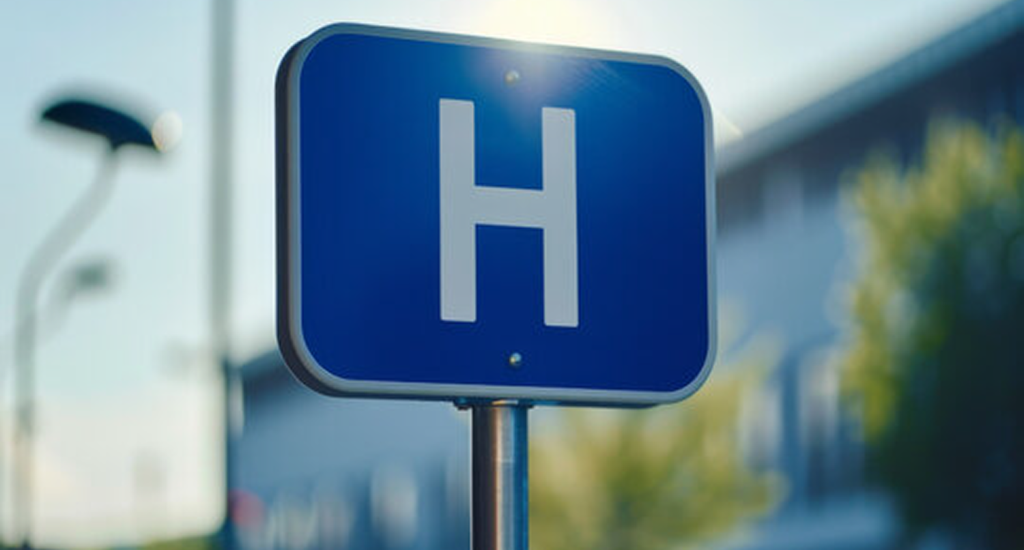Blog Post
Closing the gap in lung cancer care: Insights from the Color and ACS Screening Access Program
Color

Lung cancer ranks as the third most common cancer in the U.S. and remains the leading cause of cancer deaths worldwide. This is partly because it has the lowest rates of screening adherence among all cancers, despite the high mortality risk. Approximately 85% of individuals eligible for low-dose lung CT (LDCT) screenings are not up-to-date. These gaps in screening are often due to the limited capacity of primary care practices to consistently identify eligible patients, leading to missed opportunities for early detection.
We need to—and can—do better to ensure more people have access to life-saving screenings and support throughout the process. As we enter Lung Cancer Awareness Month, Color is highlighting the progress already underway in expanding lung cancer screening access, key insights from our collaboration with the American Cancer Society (ACS) and our unique care model, and what’s ahead in the drive to close screening gaps.
Lung Cancer Screening Made Accessible: The Color & American Cancer Society (ACS) Screening
To stay current with the latest evidence and to broaden access for at-risk populations, the American Cancer Society (ACS) updated its lung cancer screening guidelines in November 2023. Key changes include removing the “years since quitting” criterion, which previously limited eligibility to people who quit smoking within the past 15 years, opening screening to former smokers who remain at risk despite having quit many years ago. Additionally, the threshold was lowered from a 30-pack-year history to 20-pack years, allowing more individuals with significant smoking history to qualify for screening.
Yet, awareness of these updates—and insurance coverage—lags behind, leaving many eligible individuals unaware of or unable to access screening. In response, Color Health and the ACS launched a free, accessible lung cancer screening access initiative across all 50 states, designed to guide individuals through the updated criteria and ensure support throughout the screening journey.
The program simplifies the process, managing logistical steps from physician orders to scheduling appointments and providing follow-up care. Eligible participants—typically ages 50-80 with a 20-pack-year smoking history—are connected with local in-network or low cost screening locations by Color’s care team, while those who don’t qualify are encouraged to share the program with friends and family. Doctors at Color offer personalized support, guiding participants through each step and coordinating next steps if abnormalities are detected. This initiative prioritizes easy access, minimal out-of-pocket costs, and a streamlined path to early detection, making screening more approachable and widely available for those at risk.
Key Outcomes and Learnings from the Program
The preliminary findings of the program were presented and shared at the 2024 American Association for Cancer Research conference on Cancer Health Disparities where we shared highlights of the program’s impact. Notably, 27% of participants who completed a LDCT received a result requiring follow-up testing within 6 months. Additionally, screenings also revealed incidental findings beyond cancer risk, such as cardiovascular conditions, allowing for timely interventions that might have otherwise been missed.

Beyond this, the program demonstrated that this approach offers a scalable blueprint for addressing critical challenges in cancer care. Here’s what else we observed:
- Informed decision-making: Many individuals are interested in knowing if they are eligible for lung cancer screening.With basic guidance, they can generally assess this accurately. Approximately 50% of those who completed the cancer risk assessment met the ACS’s age and smoking history criteria for screening.
- Navigating lagging coverage: Insurance coverage for lung cancer screening does not consistently align with the latest ACS guidelines. Many insurers still follow the U.S. Preventive Services Task Force (USPSTF) criteria, which restricts eligibility to those who currently smoke or quit smoking within the last 15 years. Care advocates frequently assisted patients in navigating these coverage challenges to facilitate access to screening by helping to find low or no-cost options for screening.
- Removing barriers to critical care: A primary barrier to lung cancer screening is the requirement for a physician’s order, which typically necessitates an in-person visit. Our virtual-first care model provided by Color and the ACS generally removes this in-person visit requirement prior to screening, enabling patients across all 50 states to quickly check their eligibility for lung cancer screening with an online risk assessment and to receive an order for a LDCT. The majority of appointments were scheduled within 20 days and within 12 miles of the patient’s preferred location.This virtual “cancer clinic” approach, combined with robust care navigation, ensures that people, especially in underserved and rural areas, can access timely and essential screenings without the typical delays and barriers of traditional care.
Looking Ahead: Raising the Standards in Lung Cancer Screening
In light of the persistent challenges in lung cancer screening access—and the opportunity to improve outcomes for at-risk populations—the ACS is collaborating with the National Committee for Quality Assurance (NCQA) to establish new HEDIS measures for lung cancer screening, set to be released by the end of 2024. These standards aim to elevate the quality of care across health plans, underscoring the need for organizations to partner with solutions that are proven to close screening gaps and support early detection.
Color Health’s comprehensive cancer care program is uniquely positioned to meet this need, offering an end-to-end approach that integrates screening, navigation, and follow-up care to enhance patient outcomes and contain costs. To learn more about expanding access to critical lung cancer care for your members or employees, reach out at learnmore@color.com.



